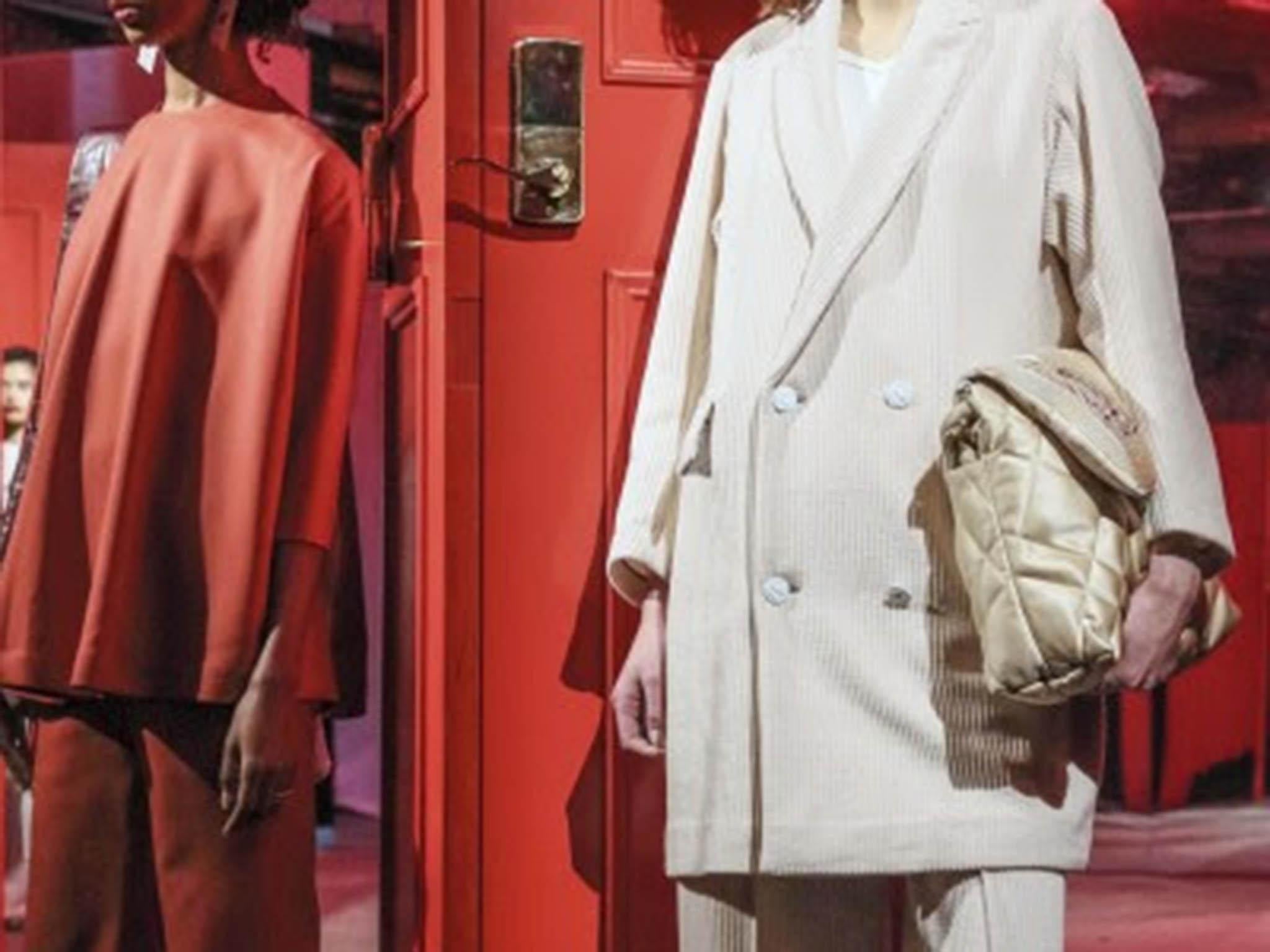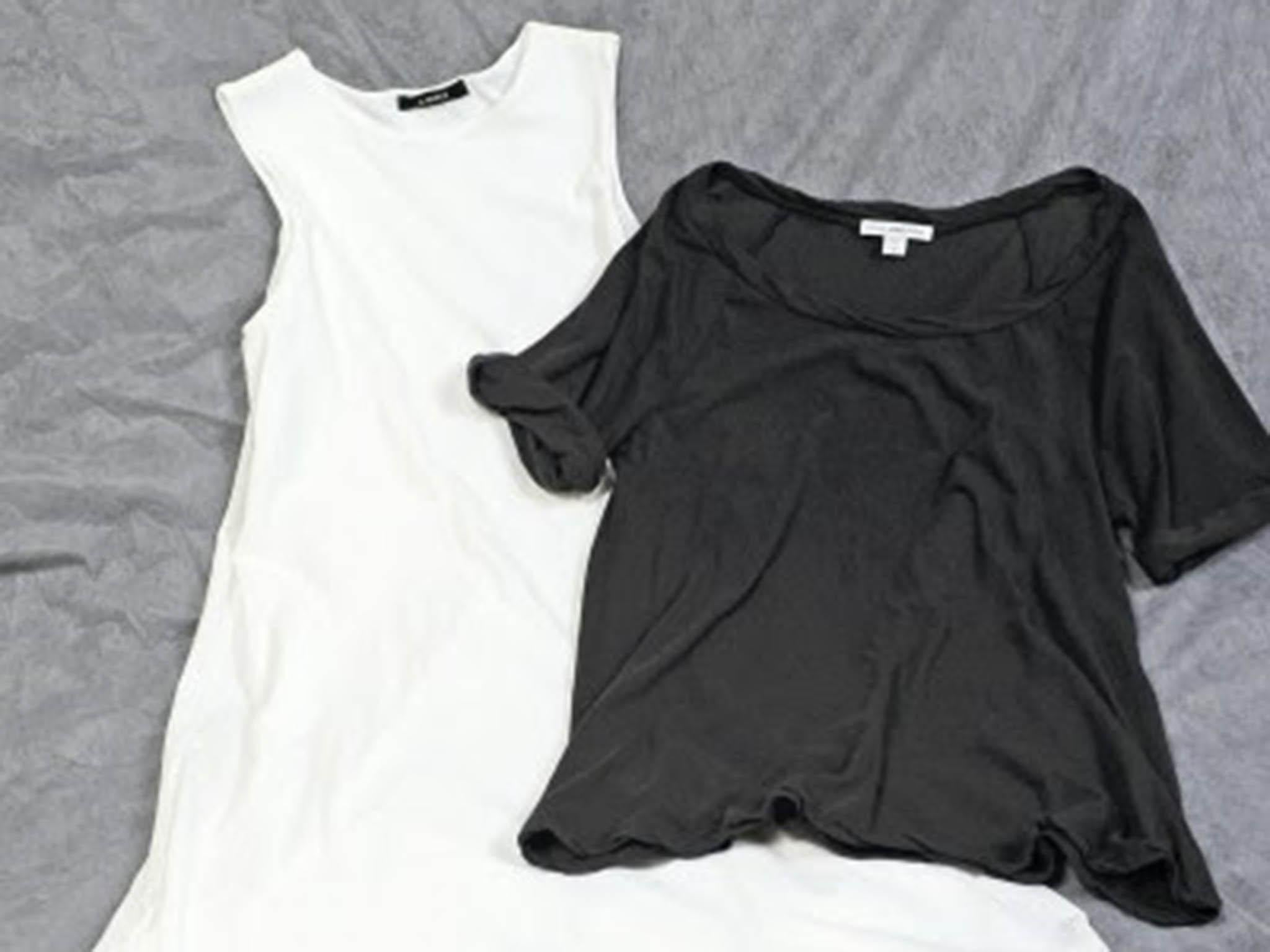Japanese fabrics attract attention overseas
Watch out Paris and London, Japan may be a new face of fashion

Your support helps us to tell the story
From reproductive rights to climate change to Big Tech, The Independent is on the ground when the story is developing. Whether it's investigating the financials of Elon Musk's pro-Trump PAC or producing our latest documentary, 'The A Word', which shines a light on the American women fighting for reproductive rights, we know how important it is to parse out the facts from the messaging.
At such a critical moment in US history, we need reporters on the ground. Your donation allows us to keep sending journalists to speak to both sides of the story.
The Independent is trusted by Americans across the entire political spectrum. And unlike many other quality news outlets, we choose not to lock Americans out of our reporting and analysis with paywalls. We believe quality journalism should be available to everyone, paid for by those who can afford it.
Your support makes all the difference.There’s a new face on the fashion scene. Fabrics produced by Japanese manufacturers are increasingly appearing in the collections of high-end overseas brands.
At the recent Autumn and Winter 2017-2018 New York Fashion Week, a number of brands featured Japanese fabrics, while Japanese manufacturers promoted the quality of their textiles to attendees.
On 10 February, Japanese fashion brand Theatre Products presented its collection made in cooperation with Nakaden Keori Co, a textile maker based in Ichinomiya, Aichi Prefecture.
The theme of the collection was “overnight trip”, and it featured a range of comfortable clothing items that can easily be packed in a small bag.
The brand used fabric manufactured by Nakaden Keori for its shirts and casual trousers. The soft, wrinkle-resistant fabric was made using the latest manufacturing techniques mixing weaving and knitting.
Another fabric used for sweatshirts and skirts features a ridged surface woven using cotton and synthetic fabric for improved stretch properties.
Ichinomiya and its neighborhood are one of the largest wool textile manufacturing regions in Japan. Nakaden Keori also manufactures synthetic and knit fabrics, as well as woollen ones. The company promoted its products by providing samples and information to the buyers and journalists at New York Fashion Week.

Theatre Products designer Akira Takeuchi said: “The company uses great technology and responds to our detailed requests.” Kimihiro Nakashima, the vice president of Nakaden Keori, added: “We want to make the quality of our fabrics more widely known around the world with the help of fashion designers.”
At New York Fashion Week, Calvin Klein and rag & bone also unveiled collections using Japanese denim and other made-in-Japan fabrics. The Los Angeles-based brand James Perse uses material made by the Tokyo-based textile manufacturer A-Girl’s Co for its T-shirts. The cotton fabric is manufactured at a factory in Wakayama Prefecture.
Even though the T-shirt is made of cotton, it’s as soft as satin and doesn’t get sticky when a wearer is perspiring. The company began supplying James Perse with the fabric after a trade show in Paris.
“The great texture of the fabric was really appreciated,” said A-Girl’s Vice President Tomohiro Yamashita.
Some manufacturers have their own brands, which use the same premium textiles supplied to famous overseas brands.
Sato Seni Co, a textile mill based in Sagae, Yamagata Prefecture, has several brands of its own, such as M.&Kyoko. It operates sales outlets at department stores and other facilities across Japan, and its knitwear and skirts have been well received.
Komatsu Seiren Co in Nomi, Ishikawa Prefecture, also uses the fabric it supplies to European designers for its own brand, mittente. Its trench coats are popular for the smoothness of the material, as well as their water-repellent and wind-resistant properties.
Instead of relying on trading firms to market their fabrics overseas, these Japanese textile manufacturers have taken the initiative to promote their products themselves – and it’s paying off.
© Washington Post
Join our commenting forum
Join thought-provoking conversations, follow other Independent readers and see their replies
Comments